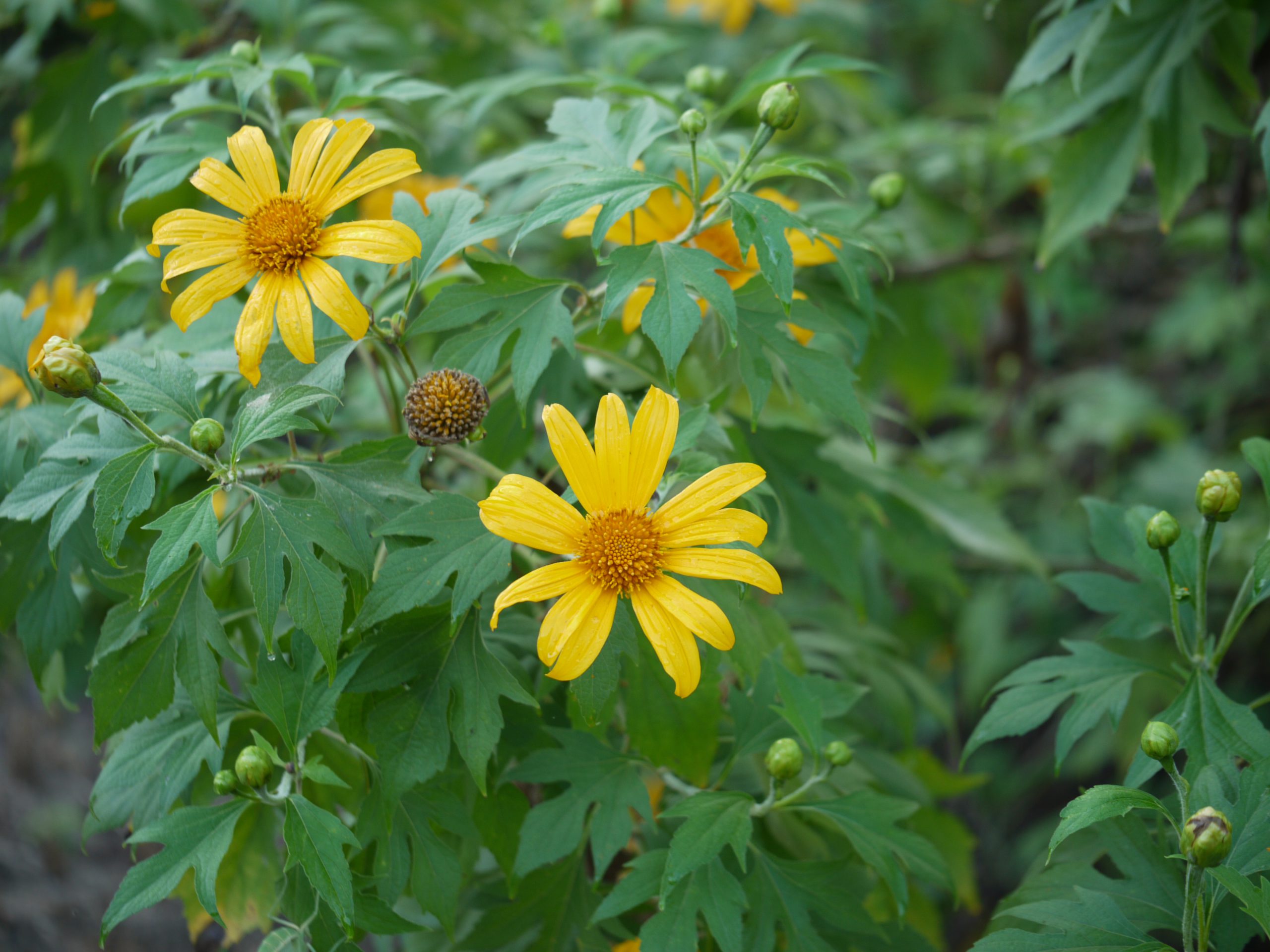Every living cell needs large amounts of phosphorus to flourish – from phosphate-backbones in their DNA to ATP in their energy production system and many other things. But contrary to the equally essential elements nitrogen and carbon that exist abundantly in the air, phosphorus is added to the soil just by weathering (dissolving of minerals on the Earth’s surface), which is a very slow process and thus, phosphorus is often one of the most lacking minerals in soils.
To speed up our restoration, local experts advised us to use synthetic phosphorus fertilizers in the first few years. Most of the world’s phosphorus though is obtained from phosphate mines in the Western Sahara under questionable circumstances, from an environmental and humanitarian point of view. In addition, synthetic phosphorus easily ‘leaches’ away, especially under swampy conditions, contaminating water bodies on their way. We were thus looking for a socially and environmentally responsible and sustainable alternative, and after some research we found the Mexican sunflower.
The Mexican sunflower (Tithonia diversifolia) mines phosphorus from the depth of the soil with the help of a symbiotic fungus. The fungus grows its filaments by growing a digging cell which transforms then into a body cell, grows a new digging cell which again transforms into a body cell and so forth. When the digging cell hits a phosphorus molecule on the surface of a rock (most rocks contain phosphorus) it kind of ‘explodes’ and chips out the phosphorus particle from the rock. This particle then travels to the root of the Tithonia which pays with a ‘piece of sugar’ which in turn the fungus needs to grow.
The Tithonia grows fast and can be chopped regularly. And as all parts of the Tithonia are full of phosphorus, chopping and dropping them returns phosphorus to the topsoil. In addition, keeping the soil-pH balanced through compost provides the perfect conditions for phosphorus uptake in plants and after four years, our phosphorus levels were largely back to normal.





